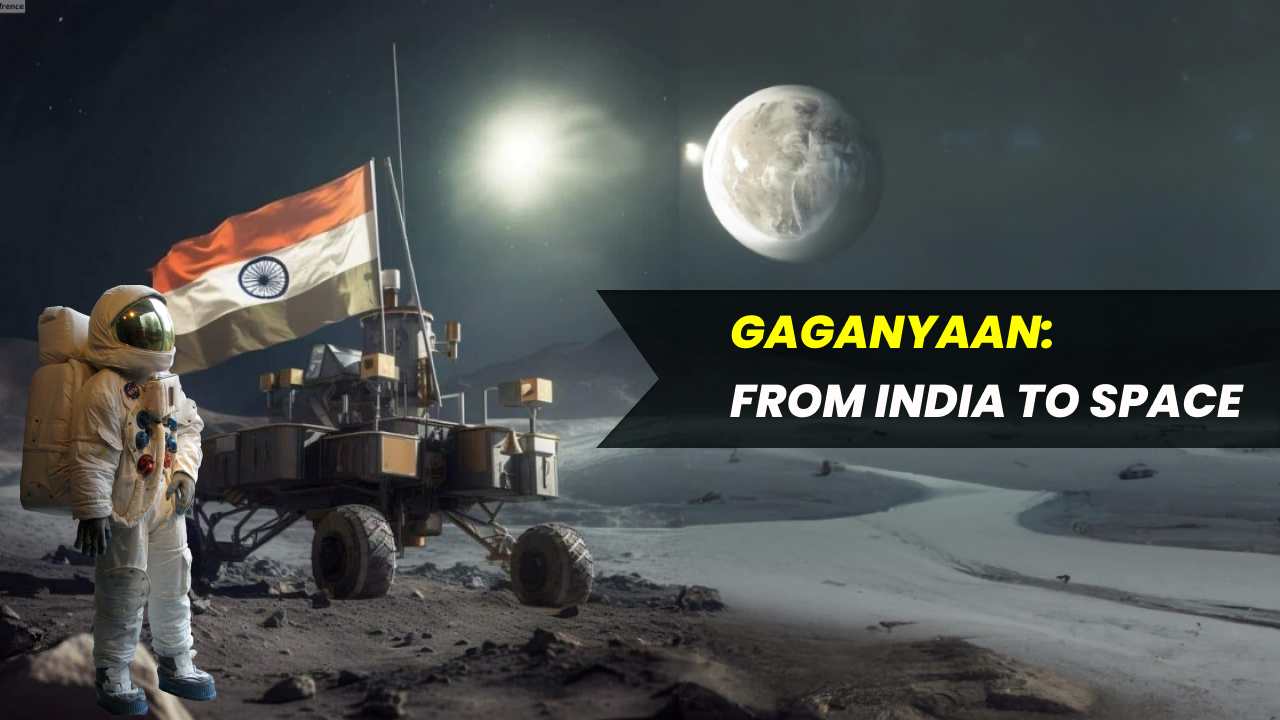ISRO’s recent missions have shown the potential of our space program and scientific community. It has not only made Indians proud but has set milestones. After the success of Chandrayaan III and Aditay-L1, ISRO has its eyes on Gagan Yaan. PM Modi on 27th February has announced the name of astronauts for a manned mission to space, which has again brought the gaze of whole of India towards ISRO.
Gaganyaan Mission is Indian’s maiden human space program which envisages demonstration of human spaceflight capability by launching of 3 members to an orbit of 400km for 3 days mission and bring them back safely to earth.
History and Background of Gaganyaan:

Rakesh Sharma in 1984 became the first Indian to enter space, rewriting history as we know it. Following that India started developing an orbital vehicle since 2006. Thereafter developing a capsule with an endurance of about a week in space with a capacity of 2 astronauts. In 2018, PM Modi in his Independence Day speech announced it formally. The current design of the Gaganyaan orbital vehicle is a 550 kg space capsule for a crew of three.
Objectives:

Primary vision for Gaganyaan is to successfully launch a manned spacecraft and bring back safely. ISRO has selected 5 experiments to be conducted on Gaganyaan. These experiments will be developed by top Indian Universities, out of which two are biological experiments.
The well proven Human rate LMV3 rocket is the launch vehicle for this mission. It will consist of crew escape system (CES), Orbital Module and propulsion engines for launch. Orbital Module that will be orbiting earth comprises of Crew Module (CM), i.e. the habitable space with earth like environment and Service Module (SM) for providing necessary support to CM.
Various new technologies comprising of engineering system and Human centric systems are being developed and raised for thus mission to ensure human safety. Astronaut Training facility in Bengaluru will serve the training programme specialised for this mission.
Also Read – Escape Reality with AR and VR



